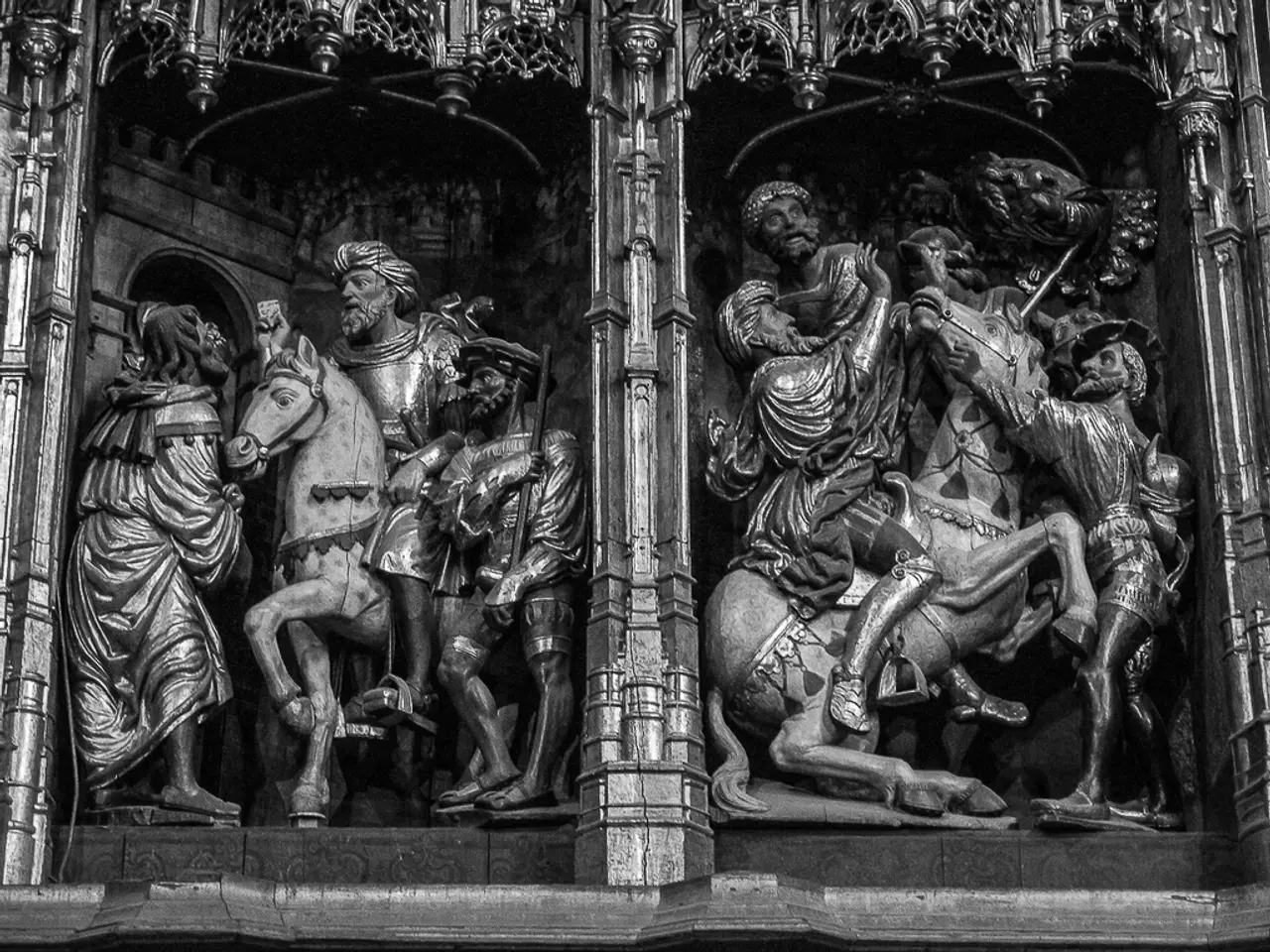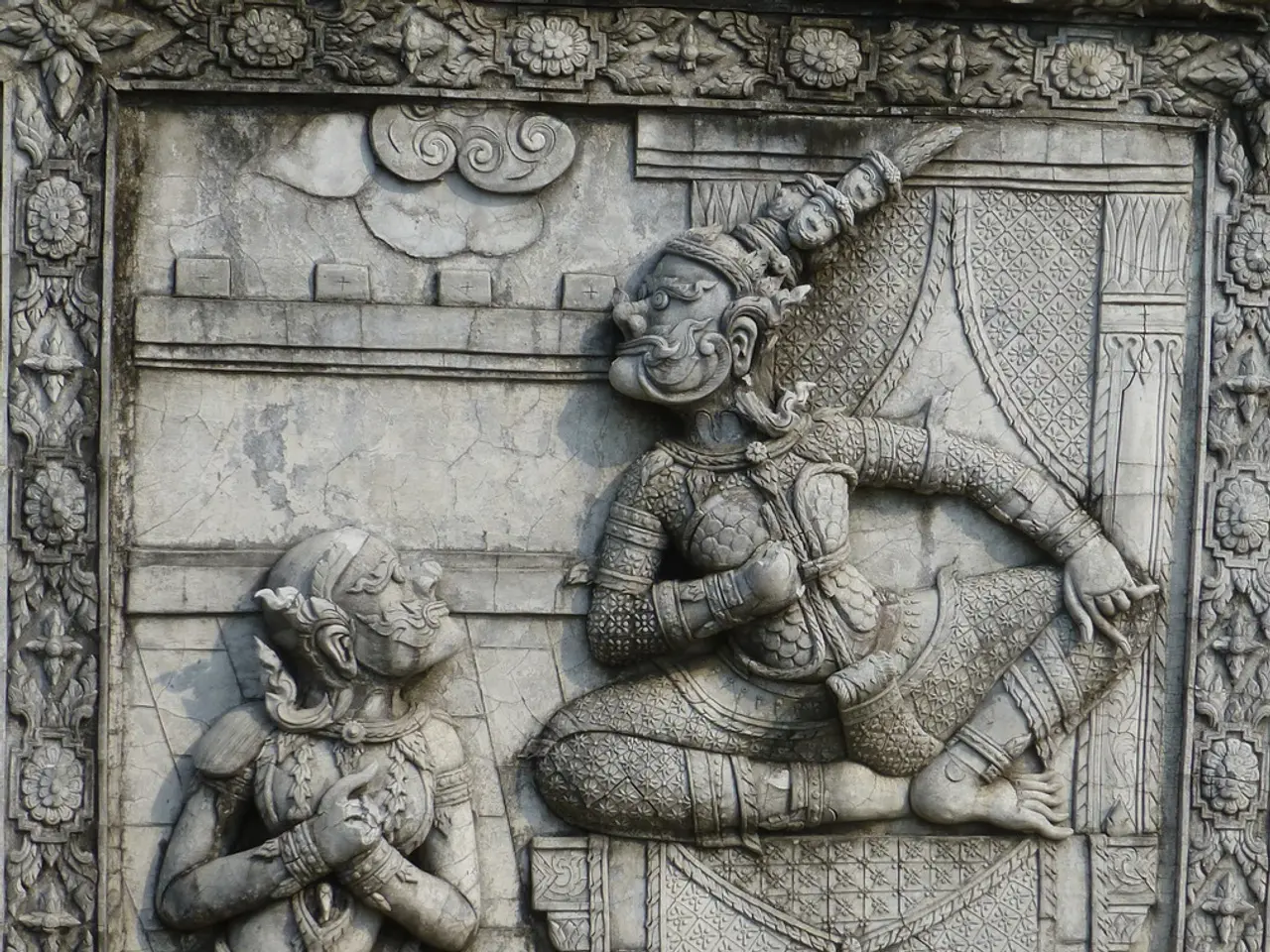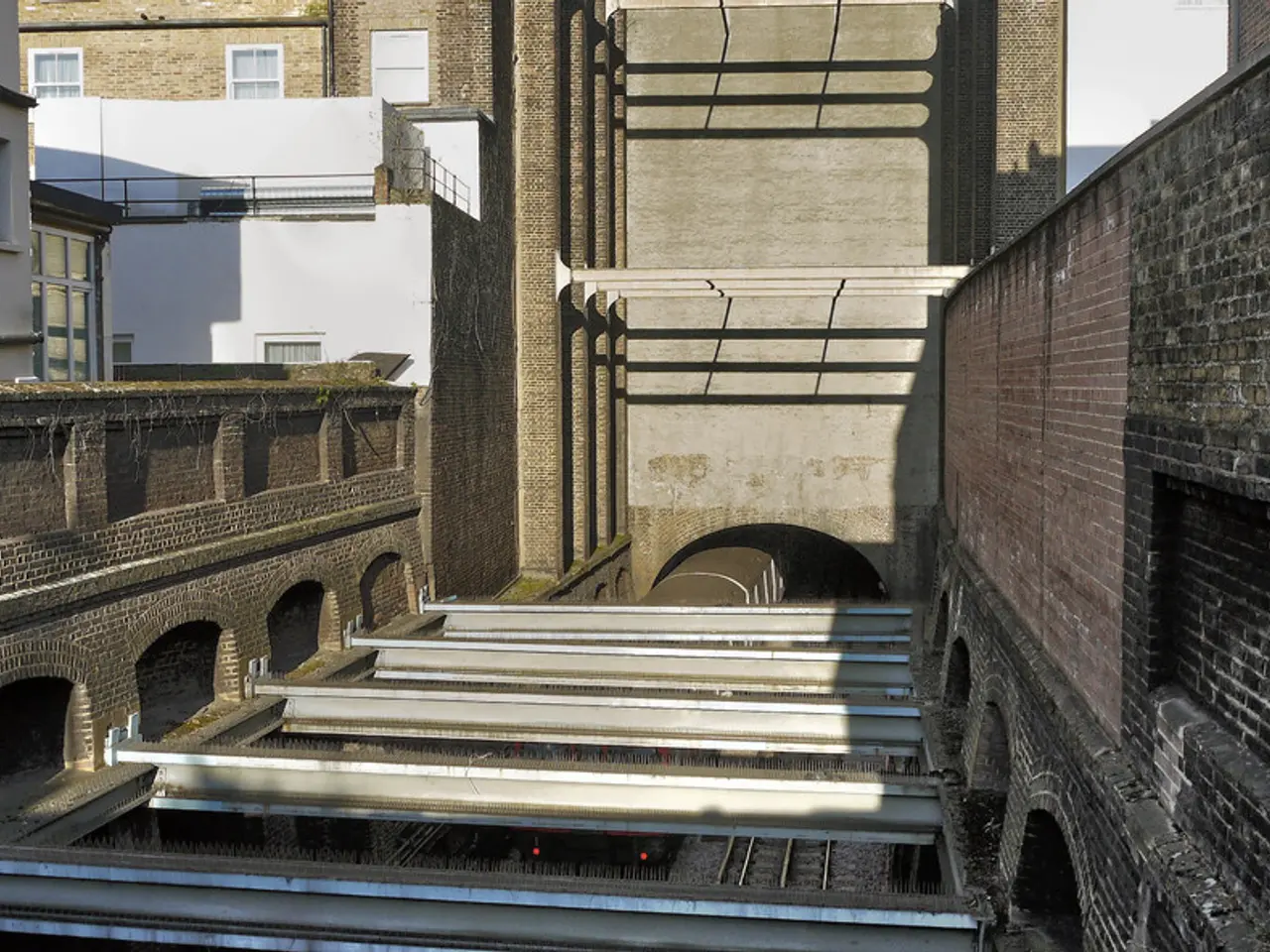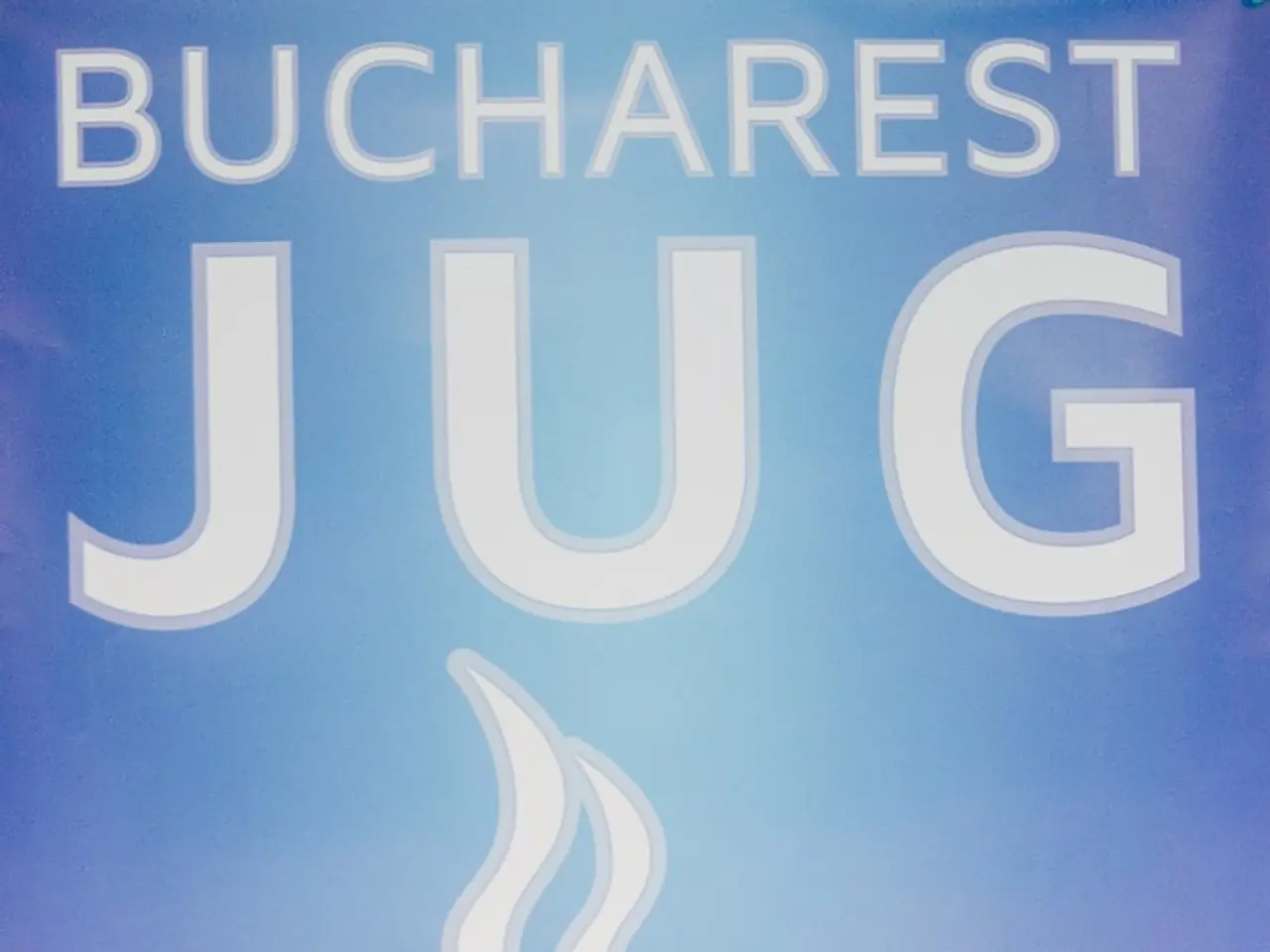Scientists claim to have cracked the 230-year code on Mozart's actual visage
In a remarkable development, a team of scientists, led by Brazilian 3D designer Cicero Moraes, have made a landmark breakthrough in understanding Mozart's real appearance. Using cutting-edge facial reconstruction technology and forensic techniques, they have created a new image of the composer that challenges traditional portraits.
For over 230 years, the mystery of Mozart's actual appearance has remained a question. The new reconstruction, based on Mozart's skull, presents a face that is more anatomically accurate, revealing details such as the precise shape of the jawline, nose, and overall bone structure. This is in contrast to classical portraits, which often idealize or stylize these features.
For instance, while portraits from Mozart’s lifetime may depict a somewhat rounded nose, the reconstruction based on his skull may show a nose structure that appears more angular or differently proportioned. Similarly, the jawline in the reconstructed face may differ subtly from the painted versions, emphasizing anatomical reality over artistic interpretation.
This discrepancy between the artistic representation and scientific reconstruction highlights the difference between the two. Artistic representation, often influenced by aesthetic trends, social status expectations, and the artist’s style, and scientific reconstruction focused on skeletal anatomy. The reconstructed face provides a new perspective on Mozart’s true appearance, helping viewers separate historical myth from biological fact.
Moraes and his team used soft tissue thickness markers, imaging techniques, and a 'virtual donor' head to estimate Mozart's appearance. They compared the reconstructed image with the most accurate portraits from Mozart's lifetime, including Joseph Lange's unfinished 1783 painting and Dora Stock's 1789 sketch. Interestingly, the reconstruction was found to be compatible with both portraits.
The skull, officially donated to Salzburg's Mozarteum in 1902, was exhumed and passed hands several times. During previous studies, Moraes' team discovered by chance that there was a skull attributed to Mozart. The condition of the skull was good, although the mandible was not included and some teeth were missing.
Moraes' work on Mozart's facial reconstruction is the latest in a series of historical figure reconstructions by his team. The completed face was furnished with hair and clothing based on fashions during Mozart's lifetime, offering a glimpse into the composer's potential appearance.
However, it's important to note that the widely used portrait of Mozart, painted by Barbara Krafft, was created 28 years after his death. Despite over 60 attempts at painting, drawing, or sketching Mozart's likeness, each portrait looks quite different from the next. This new reconstruction, while not definitive, offers a fascinating alternative perspective on the man behind the music.
In the words of musicologist and Mozart expert Alfred Einstein, "We have nothing to give us an idea of Mozart's physical appearance." This reconstruction, while not a definitive answer, certainly brings us one step closer to understanding the man behind the music. For those interested in exploring this fascinating subject further, looking for recent scientific publications or museum exhibitions presenting the reconstruction would be advised.
Classical music enthusiasts might find it intriguing to compare the new scientific reconstruction of Mozart's face with interpretations in art, as differences could emerge between anatomical reality and artistic renditions. Furthermore, advancements in technology, such as the use of facial reconstruction techniques, are not limited to understanding historical figures like Mozart; they could potentially be applied to help tackle medical-conditions involving facial structures, offering new possibilities in the realm of science and technology.




